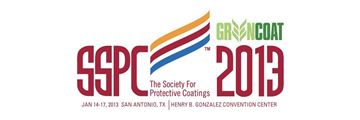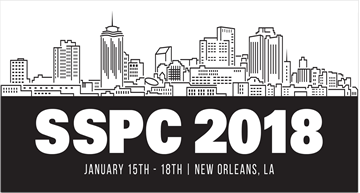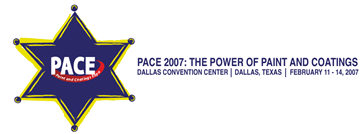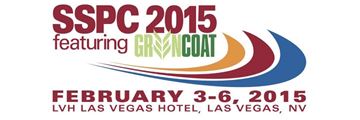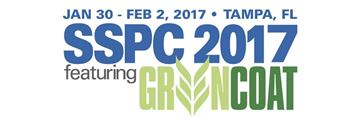Search
Products tagged with 'surface preparation'
View as
Sort by
Display
per page
Standards, Training and Certification in the Oil and Gas Industry
Product Number:
51216-014-SG
Publication Date:
2016
$20.00
Steel Bridge Shop Painting Issues and Answers: The FDOT Experience
Product Number:
41206-289-SG
Publication Date:
2006
$20.00
Steps to a More Effective Blasting Operation
Product Number:
41213-730-SG
Publication Date:
2013
$20.00
Successful Surface Preparation of Hot-Dip Galvanized Iron & Steel and Hardware Surfaces for Painting
Product Number:
51218-121-SG
Publication Date:
2018
$20.00
Surface And Defect Preparation Using Atmospheric Plasma For Non-Metallic Pipe Repair
Product Number:
51322-18175-SG
Publication Date:
2022
$20.00
Surface Finishing of Welds Prior to Coating; Weld Comparator Only
Product Number:
22001-1
ISBN:
Plastic Weld Comparator Only
$85.00
Surface Preparation: Advances in Chemical Coating Removal
Product Number:
41207-341-SG
Publication Date:
2007
$20.00
Surface Soluble Salts Impact on Protective Coating Performance
Product Number:
51220-277-SG
Publication Date:
2020
$20.00
Testing Adhesion of Coatings on Concrete Using ASTM D7234
Product Number:
41215-895-SG
Publication Date:
2015
$20.00
That Sounds Great, but How Long Will it Last?
Product Number:
51219-220-SG
Publication Date:
2019
$20.00
The Benefits of Steel Grit Blasting and Recycling
Product Number:
51218-156-SG
Publication Date:
2018
$20.00
The Benefits of Steel Grit Blasting and Recycling
Product Number:
51217-074-SG
Publication Date:
2017
$20.00



